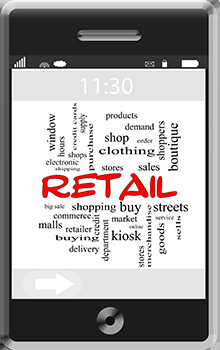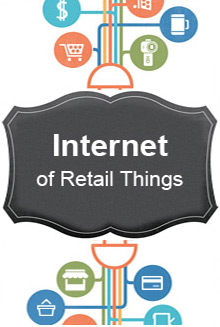We have all heard of the examples of AirBnB and Uber as the leading lights in the brave new world of sharing, but they really are just the tip of the iceberg. Recent estimates say that the sharing economy is poised to explode to $300 billion by 2020. So let’s take a look at how others are enabling this new consumer experience.
Peer-to-peer sharing site SnapGoods lets users borrow anything they need for a short period without having to buy; this includes anything from lawn mowers to an iPad. Another example is DogVacay which enables you to find folks who have weekends free to watch your pet. RelayRides lets you find neighbours who want to rent their cars to people in the neighbourhood, and Fon allows you to find people who want to share Wi-Fi locally for a small fee.
These are only a few examples of those that have capitalised on the concept of peer-to-peer sharing of goods and services. But is this type of economy really something new? Not really. The concept of sharing and exchanging goods has existed for thousands of years and is known as ‘The Barter System’.
In reality this is the nth evolution of the Barter System but what is different is that we are now able to leverage technology platforms to create a larger and wider marketplace of buyers and sellers right around the globe.
this peer-to-peer economy of sharing goods and services could be referred to as the ‘Marketplace of Everything’ which gives us the ability to leverage idle assets to provide a differentiated experience to consumers. And it is disrupting the way we do business.
In society, consumption is becoming less about a display of status and more about the art of consumption performance and being smart and sensible about how you use assets.
The market is changing and empowering consumers. Exactly like the peer-to-peer marketplace run by eBay, where anyone can be a retailer by sharing sites and allowing the individuals to sell whatever suits them. In this new economy everyone is a buyer and equally a seller.
Such collaborative consumption is a good thing in many ways. Owners make money from underused assets which in return are consumed by buyers who have a need.
However, the structural and technological changes in society brought about by this new way of consuming assets will definitely drive a different shape to the demands and preferences of users, which in turn will have an impact on the relationship between businesses/brands and users.
So what are the drivers of this new peer-to-peer economy?
Technology and the impact of mobile, social, IoT and online platforms are at the heart of this new peer-to-peer economy. The rise of these platforms has given us access to greater information which is more specific to our needs thus shifting the transactions to be more real time through mobile and IoT.
While social and online platforms are continuously working towards a never-ending drive to increase our trust in e-commerce.
Customer behaviour – the acceptance of customers to this newer business model which means they don’t have to own a product, but they can share it. According to a survey by PwC on the Sharing Economy, customers are re-thinking the value of ownership: 81% agree it is less expensive to share goods than to own them individually and 43% agree owning today feels like a burden.
Environmental – increasing consciousness around reducing waste has led consumers to think about carefully optimising the usage of their assets. Consumers who are pro-sustainability know that sharing will help reduce wastage by finding a marketplace for unsold and unused goods instead of disposing of them in a landfill.
Convenience – it is a very well-known fact that consumers view affordability and convenience as key drivers. The Marketplace of Everything offers swift payment mechanisms, fewer hassles of ownership and lower total cost of ownership.
As a result, this is not going away!
There are however two key concerns around the Marketplace of Everything and these are around resistance from traditional businesses to adapt and regulatory uncertainty.
That said the Marketplace of Everything is growing rapidly and pervading in all walks of life whether that be the way we shop, the way we commute and how we learn. While traditional businesses can fight the new economy, the way forward for them will be to learn and adapt.
Similar to the way online retail shook up the entire retail industry, the Marketplace of Everything will shake up businesses across multiple industries. The companies who show the greatest agility in adapting to the new paradigm will survive and grow, while the rest unfortunately will very rapidly fallbehind.






